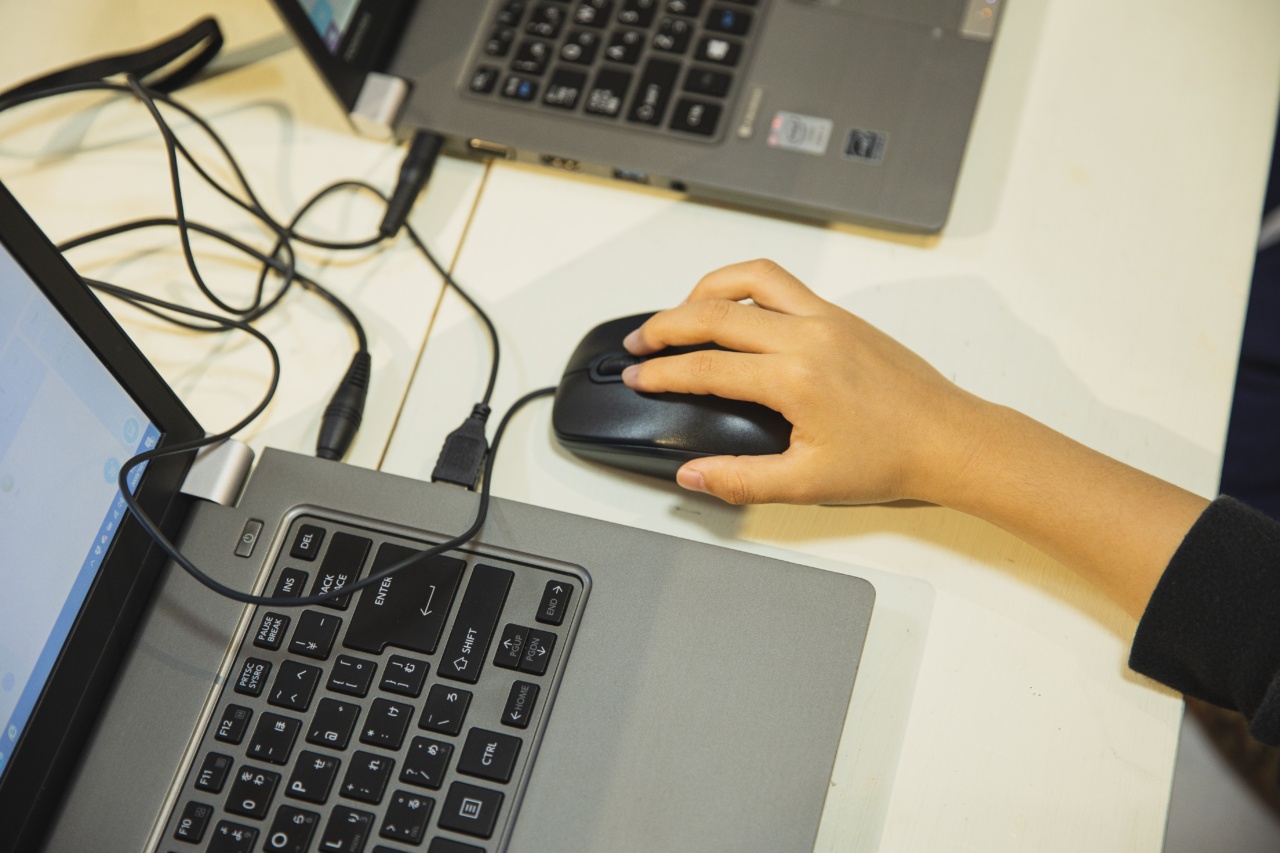As the April 12th deadline looms, the Schools Committee is urging high schools to consider reopening their doors to students.
With the ongoing COVID-19 pandemic impacting education worldwide, the committee believes that reopening schools can bring significant benefits to students’ development and overall well-being. Despite concerns about safety and the need for continued remote learning, the committee argues that the advantages of in-person instruction outweigh the risks, especially with appropriate safety measures in place.
The Importance of In-Person Instruction
While remote learning has become the norm over the past year, many students have struggled to adapt to this new way of education.
Studies have shown that in-person instruction fosters better learning outcomes, social skills development, and mental health for students compared to remote learning settings. The classroom environment provides essential interaction opportunities, collaborative learning experiences, and immediate feedback from teachers, which are difficult to replicate in virtual classrooms.
Moreover, one of the key concerns regarding remote learning is the digital divide affecting underserved communities. Not all students have access to reliable internet connections, devices, or conducive study environments at home.
By reopening high schools, educators can help bridge this gap and ensure that all students, regardless of their socioeconomic backgrounds, have equal access to education.
Safety Measures and Precautions
Although safety remains a top priority, recent research and experiences from schools that have already reopened suggest that with proper safety measures, the risks can be mitigated.
High schools can implement a combination of strategies to ensure a safe learning environment:.
1. Mandatory Face Coverings
All students and staff should be required to wear face masks or coverings while inside school premises. This simple measure helps reduce the transmission of the virus.
2. Social Distancing
Desks and seating arrangements should be appropriately spaced to maintain social distancing guidelines. Hallways and common areas can be marked with floor decals to ensure students maintain a safe distance from each other.
3. Frequent Handwashing and Sanitization
Students should be encouraged to wash hands regularly with soap and water for at least 20 seconds. Hand sanitizing stations can be installed at various locations throughout the school to promote good hand hygiene.
4. Enhanced Cleaning Protocols
Custodial staff should implement rigorous cleaning protocols, paying extra attention to frequently touched surfaces like doorknobs, railings, and shared equipment.
5. Ventilation and Air Circulation
Classrooms should be well-ventilated with outdoor air circulation. Schools can consider opening windows or using air purifiers to improve air quality.
6. Staggered Schedules
Staggering students’ arrival, dismissal, and break times can help reduce congestion and maintain social distancing during transitions.
7. Regular Testing and Contact Tracing
Schools should establish and maintain a system for routine testing and contact tracing to identify and isolate potential cases promptly.
Benefits of Reopening High Schools
Reopening high schools can have significant benefits for students’ academic progress, mental health, and overall well-being:.
1. Improved Learning Outcomes
Studies consistently show that students perform better academically in in-person learning environments. The ability to interact with teachers and peers directly facilitates a more engaging and effective learning experience.
2. Social and Emotional Development
In-person schooling provides important social interactions that are crucial for students’ development. Students learn valuable skills, such as teamwork, communication, and conflict resolution, through face-to-face interactions with their peers.
3. Mental Health Support
The pandemic has taken a toll on students’ mental health and well-being.
Reopening high schools allows students to access crucial support systems, including school counselors and mental health professionals, who can provide necessary assistance and intervention.
4. Extracurricular Activities
High school is not just about academics—it is a time when students explore their interests and passions through extracurricular activities.
By reopening, schools can once again offer these opportunities for students to engage in sports, clubs, and other activities that contribute to their holistic development.
The Need for Flexibility
While urging high schools to reopen, it is important to recognize that the situation may vary across regions and schools. The decision to reopen should be based on local epidemiological data and follow guidance from public health authorities.
Schools should have contingency plans in place to quickly respond to any changes in the COVID-19 situation and be prepared to transition between in-person and remote learning as needed.
Conclusion
The April 12th deadline serves as a crucial turning point for high schools to consider reopening their doors amidst the ongoing COVID-19 pandemic.
By implementing appropriate safety measures and precautions, schools can provide students with the benefits of in-person instruction that contribute to their academic progress, social development, and overall well-being.
Considering the significant disadvantages of prolonged remote learning, it is important to strike a balance between safety and the need for normalcy by reopening high schools responsibly and with the necessary flexibility to adapt as the situation evolves.































